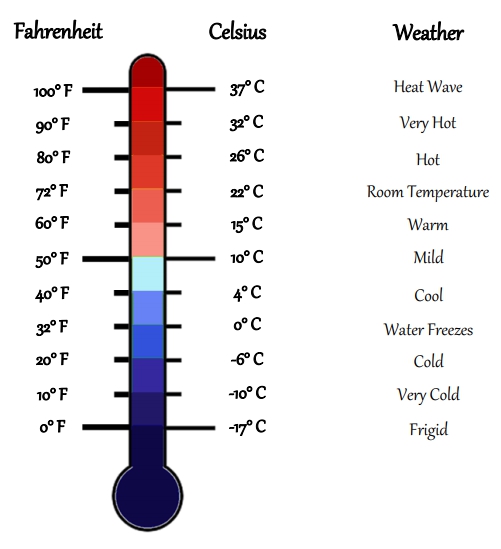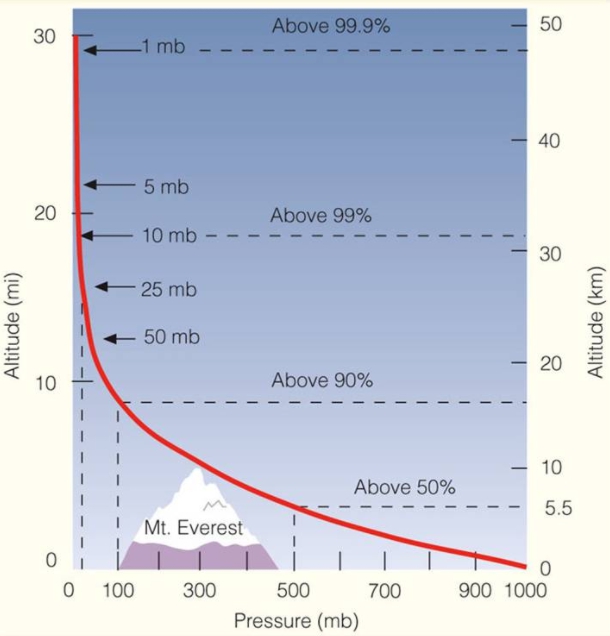Weather is driven by air pressure, temperature, and moisture differences between one place and another. It is also the state of the atmosphere, describing for example the degree to which is cold or hot, dry or wet, stormy or calm, cloudy or clear. Weather sensor can detect and measure all the temperature differences, pressure differences, etc. Local weather can be a lot different than the weather country-wise so it is really important that all building automation systems and every other smart device that are weather related know what’s the current micro-climate condition on that particular location.
Have you ever wondered what a single weather sensor can measure and how to implement it into the existing ecosystem or upgrade the usual device or standard building into a smart device or smart building? We will give you some ideas and case-studies how to choose and use the weather sensor the right way.
1. Temperature weather sensor
Temperature is usually expressed in degrees Celsius or Fahrenheit. 0 degrees Celsius is equal to 32 degrees Fahrenheit. The more scientific way to present the temperature is the international standard unit Kelvin. 0 degrees Kelvin called absolute zero, which is the coldest temperature possible. At this temperature all molecular movement stops. The absolute zero is equal to -273 degrees Celsius and -460 degrees Fahrenheit.
The atmospheric temperature is governed by the factors, including incoming solar radiation, altitude and humidity. What weather sensor is therefore the most appropriate to measure the local atmospheric temperature?
We suggest you to use the compact weather station ANDWST4 which has integrated temperature sensor or Stevenson screen ANDWHT that measure temperature and humidity. Both of them has a standard output signal 0-10 or 4-20mA.
Advance systems and meteorological centres that needs the most accurate sensors can use our certificated meteorological sensor which measure temperature, humidity and air pressure combined. If you need more details about it please contact us.
2. Air pressure weather sensor
It is very complicated to measure the air pressure which is mechanism that influences the weather. Scientifically the air pressure is the weight that the air exerts on the Earth’s atmosphere. The higher the altitude, the lower the pressure. That’s because the amount of air is smaller. At sea level the average pressure is 1,013.25 hPa and it is also known that it falls by 1 hPa very 8 metres above that point.
The air pressure is measured in pascals (Pa) or in hectopascals (hPa) when it needs to be more accurate. 100 pascals is equal to 1 millibar. The air pressure is measured with barometer which has been found in 1644 by Torricelli. Today we know many different barometers, including Mercury barometers, aneroid barometers, etc.
A weather sensor can also be used to measure the air pressure. The weather station or the meteorology sensor is equipped with a pressure sensor that indicate the pressure level at zero altitude. A rapid fall in air pressure indicated bad weather with wind and precipitation (below 1,010 hPa), which high pressure indicates stable and generally pleasant weather with clear skies (over 1,020 hPa).
We can offer you a weather sensor that measure temperature, humidity and air pressure. It is made according to all meteorology standards.
3. Wind speed and direction meteorology sensor
Wind speed and direction weather sensor is also known as anemometer. A simple anemometer has been invented by Mr. Robinson in 1845. This type of wind speed meteorology sensor has three-cup and it is currently still used as the industry standard for wind resource assessment studies and practices.
Wind is determined using the anemometers and wind vanes located a standard 10 metres above the ground level (AGL standard). Average wind speed is measured using a two- or ten-minute average. Wind direction is measured using degrees. The North represents 0 or 360 degrees. The values increasing from 0 clockwise from the North. Wind gusts are reported when wind speed is more than 5,1 m/s.


Wind weather sensor can be a key factor in building automation to prevent the natural weather extremes of making a physical damage on the buildings, offices, homes, etc. We can offer you a very precise and reliable wind speed sensor ANDWM1, wind direction sensor ANDWM2 or both of them combined in ANDWM3.
Here, you can explore our full range of Andivi Anemometers for Measuring Wind Speed and Wind Direction or find out more information about The Differences Between WInd Sensors.
Find out more about our Meteorological Stations Lambrecht here or contact us for more information.
Please do not hesitate to contact us.









